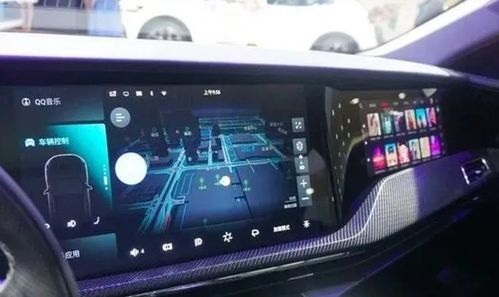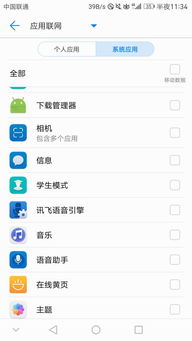
tn系统 英文,Introduction to TN System
时间:2024-11-29 来源:网络 人气:
Introduction to TN System
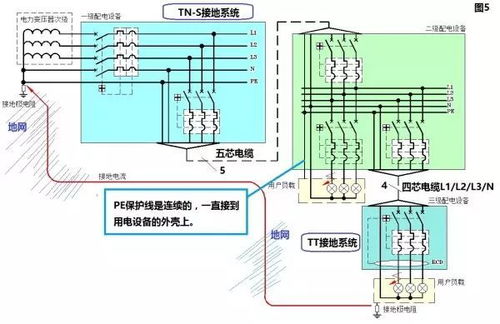
The TN system, which stands for Twisted Nematic, is a fundamental technology used in liquid crystal displays (LCDs). It is a type of LCD panel that is widely used in various electronic devices, including smartphones, tablets, laptops, and computer monitors. This article aims to provide an overview of the TN system, its working principle, advantages, and limitations.
Understanding the TN Technology
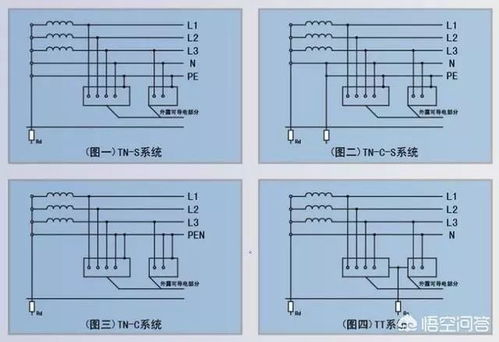
The TN technology is based on the manipulation of liquid crystal molecules using an electric field. When an electric field is applied, the liquid crystal molecules align themselves in a specific direction, which affects the polarization of light passing through the layer. This alignment is achieved by using a layer of liquid crystal molecules sandwiched between two polarizing filters.
The liquid crystal molecules in a TN panel are twisted at a 90-degree angle relative to the polarizing filters. When no voltage is applied, the light passing through the first polarizing filter is twisted by the liquid crystal molecules and then blocked by the second polarizing filter. However, when a voltage is applied, the liquid crystal molecules align themselves, allowing the light to pass through the second polarizing filter and produce an image.
Advantages of TN System
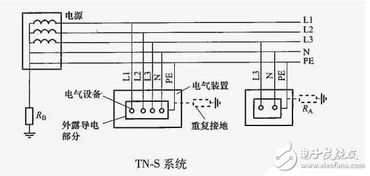
The TN system has several advantages that have contributed to its widespread use in LCD panels:
1. Cost-Effective: TN panels are relatively inexpensive to produce, making them a cost-effective choice for manufacturers.
2. Fast Response Time: TN panels have a fast response time, which is ideal for applications that require quick image updates, such as gaming and video playback.
3. Wide Viewing Angles: Although TN panels have limited viewing angles compared to other technologies, advancements in technology have improved this aspect, with some TN panels now offering wider viewing angles.
4. Energy Efficiency: TN panels consume less power compared to other LCD technologies, making them energy-efficient and suitable for battery-powered devices.
Limitations of TN System
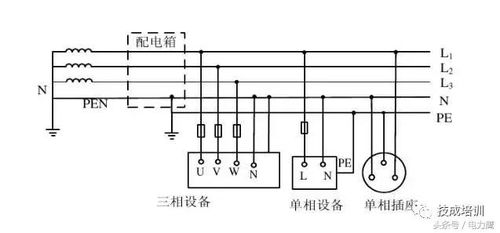
Despite its advantages, the TN system has some limitations that may affect its performance in certain applications:
1. Limited Viewing Angles: TN panels have limited viewing angles, which means that the image quality can degrade when viewed from the side.
2. Color Accuracy: TN panels may experience color shift and reduced contrast when viewed from the side, which can affect color accuracy.
3. Limited Color Gamut: TN panels typically have a limited color gamut, which means they may not display colors as vividly as other LCD technologies.
4. Motion Blur: TN panels may exhibit motion blur during fast-paced video playback or gaming, which can be a drawback for some users.
Applications of TN System
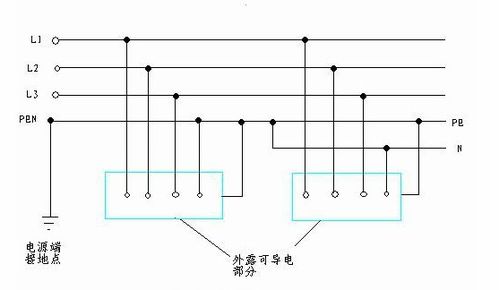
The TN system is widely used in various electronic devices due to its cost-effectiveness and fast response time. Some common applications include:
1. Smartphones: TN panels are commonly used in budget-friendly smartphones due to their low cost and fast response time.
2. Tablets: TN panels are also used in entry-level tablets, providing a cost-effective solution for manufacturers.
3. Laptops: TN panels are often used in budget-friendly laptops, offering a balance between performance and cost.
4. Computer Monitors: TN panels are used in some computer monitors, particularly those designed for gaming and video playback.
Conclusion
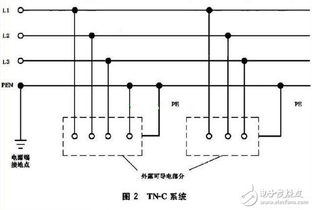
The TN system is a fundamental technology in the world of LCD panels, offering a cost-effective and fast response solution for various electronic devices. While it has limitations in terms of viewing angles and color accuracy, advancements in technology have helped improve these aspects. As the demand for high-quality displays continues to grow, it will be interesting to see how TN technology evolves and adapts to meet the needs of modern consumers.
Tags: TNSystem LCDTechnology LiquidCrystalDisplays LCDPanels TwistedNematic ViewingAngles ColorAccuracy EnergyEfficiency CostEffectiveness
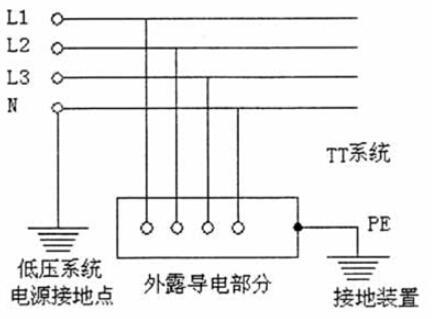
教程资讯
教程资讯排行


